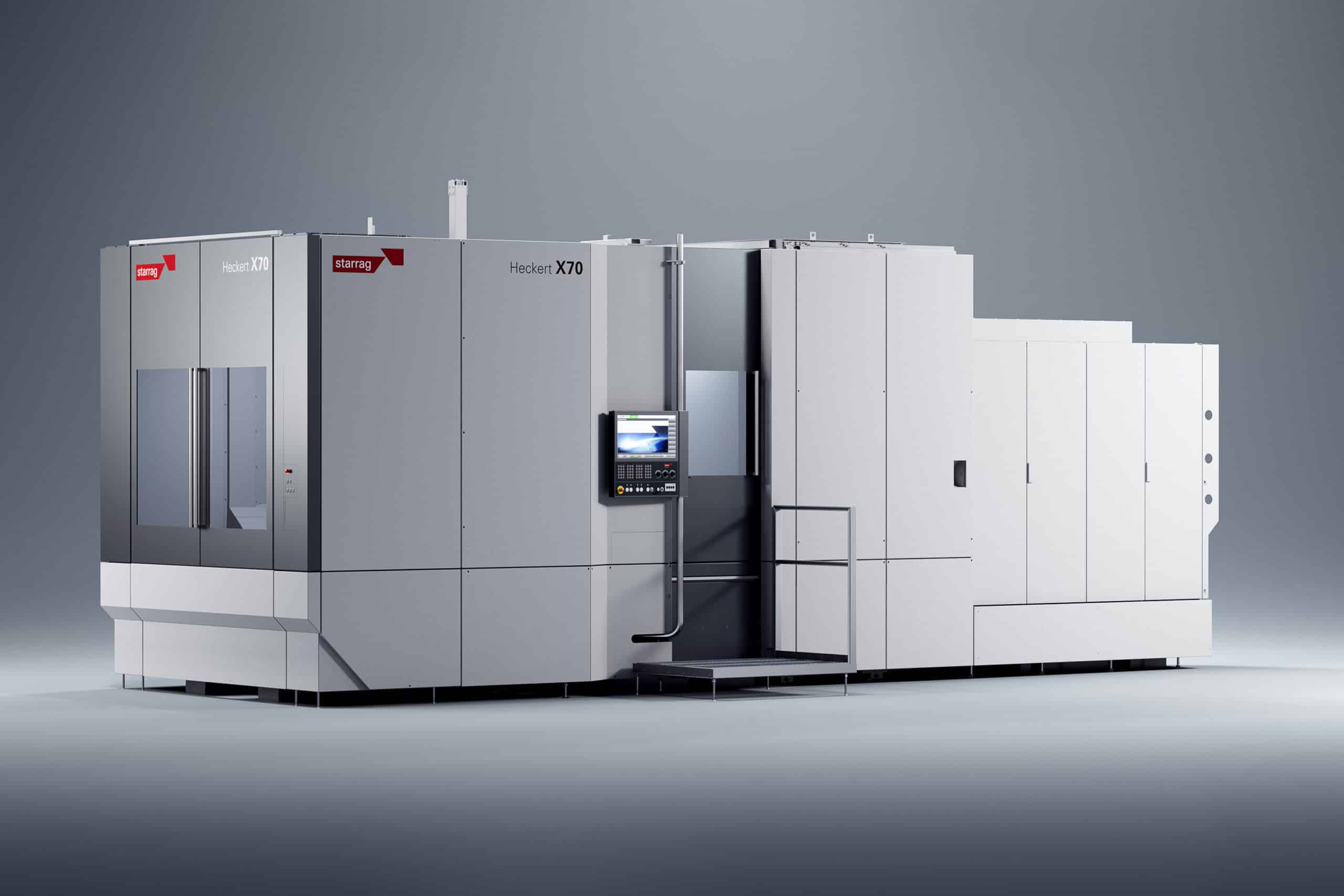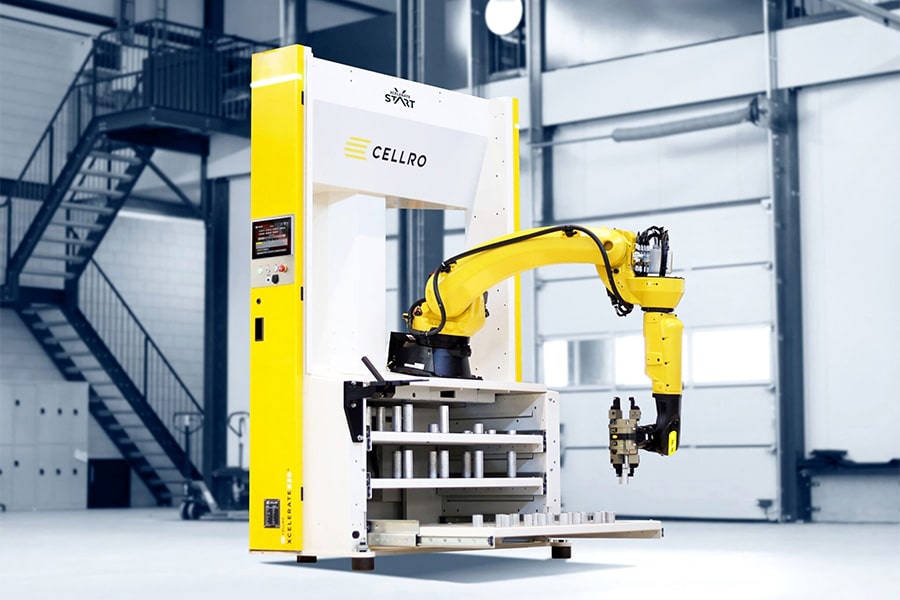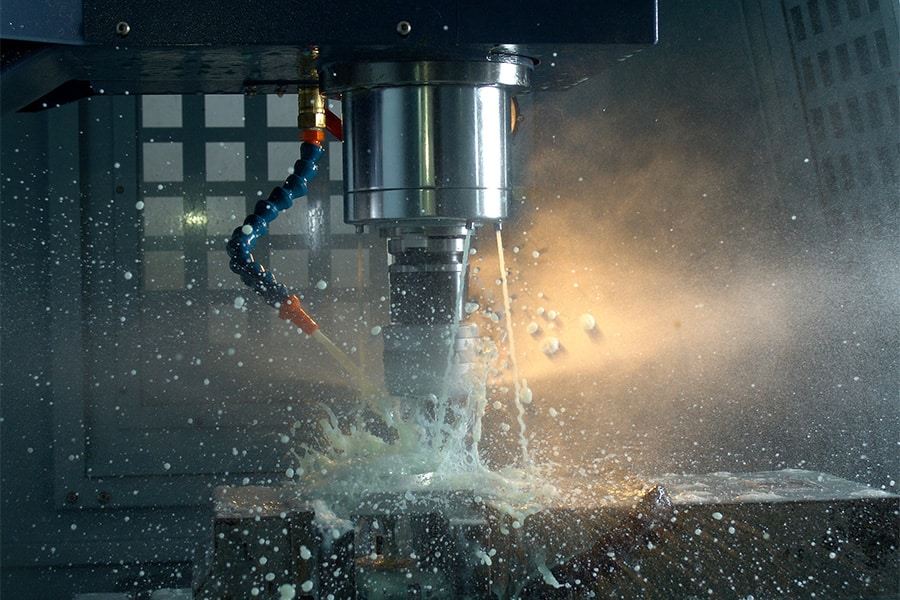
What trends does2025 bring for machining?
What trends will play a role for machining in 2025? We're happy to dive in for you, but can already state generally that workshops that embrace digital transformation-think advanced automation, IoT-based devices and artificial intelligence insights-will be better able to improve efficiency and remain competitive. Here are trends to keep an eye on this year.
First, we will see the emergence of more complex machines that do more with less. Whether it's five-axis lathes or sophisticated milling machines, the manufacturing industry is increasingly using complex machines to streamline workflows and reduce setup times. This eliminates the need to change between machines, saves on floor space and ultimately speeds up production. However, the application of advanced machines is not without its challenges. Their complexity requires advanced CAM software and highly skilled programmers to operate them effectively. As this trend continues, the industry is likely to place more emphasis on staff training and software development. Despite the hurdles, multitasking machines, with their increased speed, precision and efficiency, remain a smart investment.
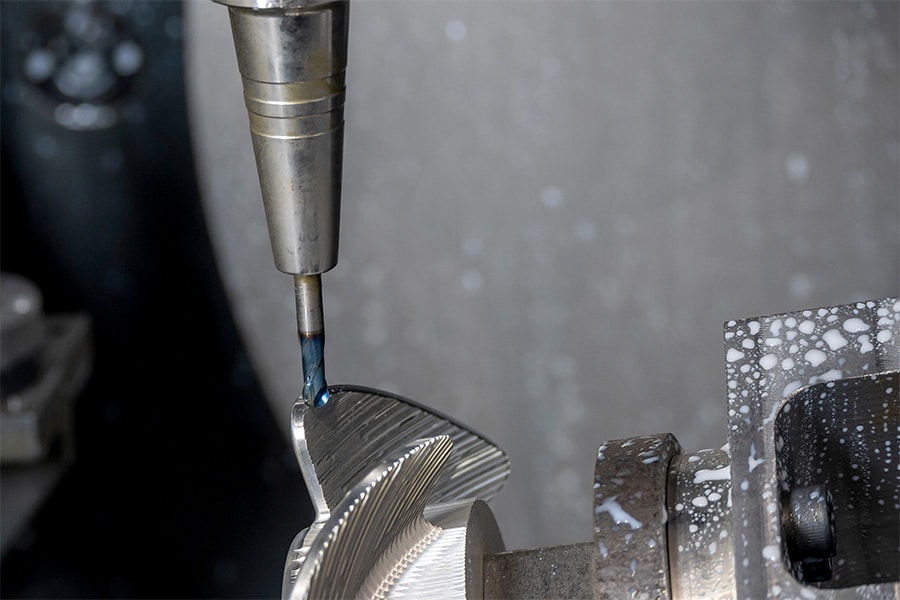
Automation: the advance of artificial intelligence in manufacturing
More and more studies are appearing that highlight the benefits of using artificial intelligence tools in the workplace. They will play a crucial role in the advancement of the manufacturing industry. So what will that bring? When it comes to automating programming methods, artificial intelligence can significantly reduce the time required to write programs. For example, where traditional methods take 16 minutes to program a tool path, artificial intelligence can reduce that to just a few seconds. However, each manufacturing company works with unique tools, setups and processes, so customization may be necessary to ensure that what artificial intelligence delivers is accurate and safe. While full programming automation is still in the future (especially for complex parts), incremental improvements in automating micro-tasks, such as tool selection or fixture design, are already yielding measurable efficiencies. For manufacturers, using artificial intelligence means balancing technological capabilities with practical limitations.
Turnkey integrated solutions
In the past, operators and programmers always spent a lot of time on machines to fine-tune settings and ensure optimal performance. In the coming year, expect increasing demand for turnkey solutions that eliminate guesswork and reduce manual interventions. How? Through interconnected systems that configure seamlessly with each other. For example, tools can be virtually configured and validated, ensuring the correct setting before machining begins. Digital twins go one step further and allow programmers to simulate and verify their code from their offices before it is executed on a physical machine. This means fewer surprises and a greater chance that everything works as intended when it's time to use the CNC machine. Together, two-way communication and automated validation significantly reduce human error and create a smoother, more reliable workflow with fewer interruptions.
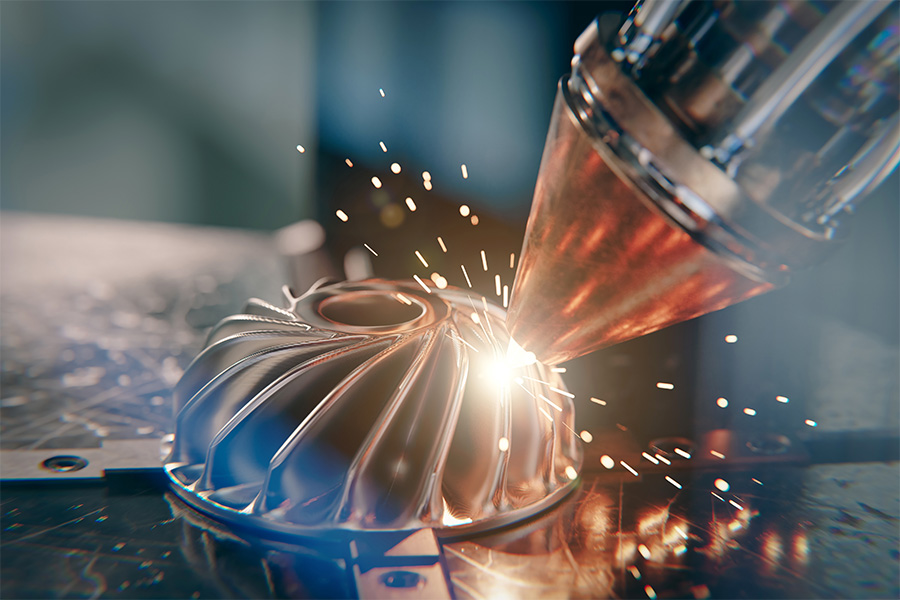
More possibilities thanks to additive manufacturing
Additive manufacturing, like 3D printing, is transforming the manufacturing industry in startling ways. From intricate aerospace parts to custom guitar necks, additive manufacturing allows manufacturers to make parts that were previously thought impossible or impractical. Challenges include the high cost and steep learning curve involved in the process. Figuring out the best materials and settings can require extensive experimentation, often in collaboration with research institutions or under strict confidentiality agreements. Despite these obstacles, additive manufacturing is an area to watch closely. The global additive manufacturing market is expected to grow to more than $83 billion by 2030. As the technology advances and costs fall, it will become an increasingly viable option for mainstream manufacturing, especially for producing prototypes or parts with complex geometric shapes.
Faster, lighter and better
It is difficult to remain competitive without embracing new technologies. One technique that will become more prominent in 2025 is high-speed milling (HSM). Using fast, lightweight, low-pressure cuts, this technique increases material removal rates and reduces cycle times. Machinists using HSM for the first time can make significant gains in efficiency and precision. Workshops that have been using HSM for some time are focusing on refining processes and integrating the technology with other trends such as AI and digital twins to further increase productivity. Resistance to change remains a barrier for some manufacturers, but those unwilling to integrate HSM risk being overtaken by the competition.
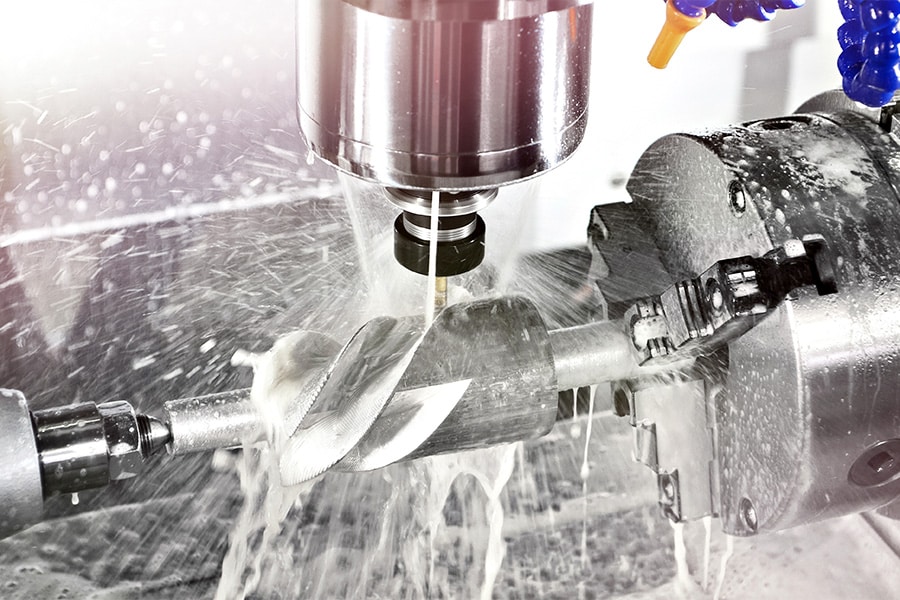
Further on the horizon
Success in 2025 and beyond will depend on a willingness to adopt new technologies, revise traditional work processes and invest in employee training. Unlike 20 years ago, when most newcomers attended formal apprenticeship programs, the younger generation of operators often jumps right into the mix, learning on the job and adapting as they go. But the scarcity of new talent is making itself felt. Therefore, more and more machine manufacturers will want to invest in turnkey solutions to bridge the skills gap.
The possibilities are limitless
This shift also means that the new generation of operators is not necessarily bound by traditional methods and habits and is breaking away from the mindset of "this is how we've always done it. Digital natives entering the manufacturing space will move the industry forward with new, more efficient processes. The goal remains unchanged: produce better parts faster and more efficiently. By embracing complex machinery, leveraging AI for automation, implementing turnkey integrated solutions, exploring additive manufacturing and integrating high-speed milling, manufacturers can gain a competitive advantage. For those willing to adapt, the possibilities in 2025 seem limitless.
